PORTLAND, Ore., – New research from AAA shows that Automatic Emergency Braking (AEB) only works in limited driving situations. AEB is standard equipment in most new cars sold in the U.S. and works well in preventing or mitigating rear-end crashes at slower speeds. However, AEB struggles at higher speeds and fails with detecting moving vehicles in its path at intersections.
AAA Crash Test B-roll – password is AEB
Photos from the AAA testing are below. Click here to download high-res versions.
“Automatic Emergency Braking does well at the limited task that it was designed to do, which is preventing rear-end crashes or making them less severe. AAA testing shows that AEB doesn’t work well in other common driving scenarios,” says Marie Dodds, public affairs director for AAA Oregon/Idaho. “AEB is not very effective at higher speeds, and it has trouble detecting a vehicle making a left turn in front of oncoming vehicles.”
Two of the most common deadly crashes at intersections are T-bones and left turns in front of oncoming vehicles. Unfortunately, the AAA testing shows that AEB does not work well in either of these scenarios.
From 2016 to 2020, these two types accounted for 39.2% of total fatalities in crashes involving two passenger vehicles during which the striking vehicle did not lose traction or leave the roadway before the collision.
How AEB is designed to work
AEB uses forward-facing cameras and other sensors to automatically tell the car to apply the brakes when a crash is imminent. At slower speeds, it can prevent rear-end crashes, or make them less severe by reducing the vehicle’s speed before impact. The technology has been refined over the years with upgraded hardware and software.
AEB is common in vehicles, regardless of price. For the 2022 model year, 83% of vehicles sold in the U.S. are equipped with AEB as standard equipment. Starting on September 1, 2022, 20 automakers representing more than 99% of the U.S. market pledged to make AEB standard equipment on all their new vehicles.
What AAA tested
- How do AEB systems perform when encountering a stationary vehicle at speeds of 30 and 40 mph? (Currently mandated testing speeds are 12 and 25 mph.)
- How do AEB systems perform when encountering moving vehicles in collision scenarios involving an intersection – T-bone and unprotected left turn (test vehicle turning left in front of an oncoming car)?
The results
- At 30 mph, AEB prevented a rear-end collision for 17 of 20 test runs, or 85%. For the test runs that resulted in a crash, the impact speed was reduced by 86%.
- But at 40 mph, AEB only prevented a rear-end crash in 6 of 20 test runs, or 30%. For test runs that resulted in a crash, the impact speed was reduced by 62%.
- In both the T-bone and left turn in front of an oncoming vehicle tests, crashes occurred 100% of the time. AEB failed to alert the driver, slow the vehicle’s speed and avoid the crash.
AAA recommendations for automakers and drivers
AAA strongly urges automakers and regulatory agencies to focus on system design and test protocols to better handle the types of crashes when injuries and fatalities commonly occur.
Automakers must improve AEB systems to assist drivers in intersection-based crash scenarios. Automakers should include AEB systems as standard equipment on all their makes and models.
AAA continues to collaborate with the Insurance Institute for Highway Safety (IIHS) and Consumer Reports to apply additional pressure on regulators to make changes to testing protocols and standards. Each of these major safety organizations is focused on continually improving automotive safety, and by collaborating, we amplify that critical message.
Drivers need to know how AEB works and the limitations these systems have. Drivers should not depend on AEB to prevent collisions. There is still no technology that works 100% of the time. It’s critical that drivers remain alert and engaged when behind the wheel.
Methodology
AAA selected four vehicles for testing, choosing two of each driver monitoring design type, camera-equipped and input from the steering wheel. (AAA does not rate vehicle performance.)
- 2022 Chevrolet Equinox LT with “Chevy Safety Assist”
- 2022 Ford Explorer XLT with “Pre-Collision Assist with Automatic Emergency Braking”
- 2022 Honda CR-V Touring with “Honda Sensing”
- 2022 Toyota RAV4 LE with “Toyota Sensing”
The vehicles were procured directly from the manufacturer or specialty rental fleets. To ensure the proper functioning of the AEB system, all vehicles were serviced at dealerships. The Please refer to the full report for methodology details, including specific testing equipment and test track characteristics.
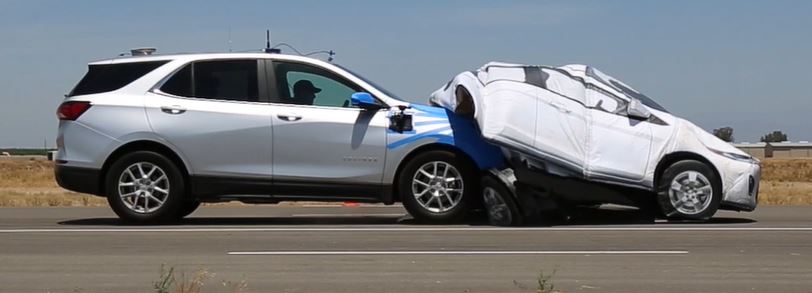
Automatic Emergency Braking rear-end crash test at 40 mph.

Automatic Emergency Braking T-bone crash test 1
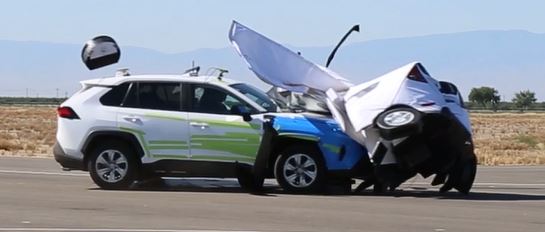
Automatic Emergency Braking T-bone crash test 2
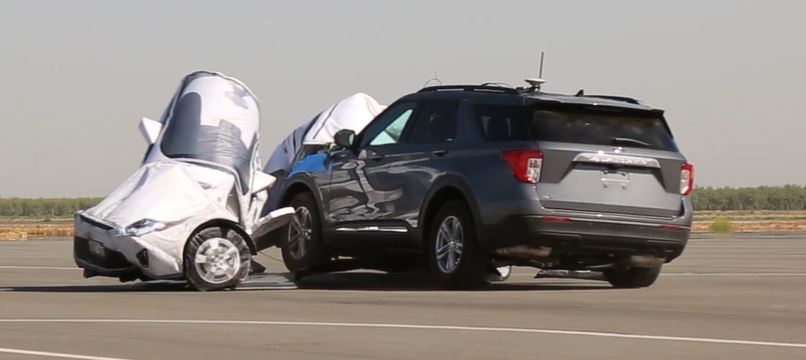
Automatic Emergency Braking T-bone crash test 3
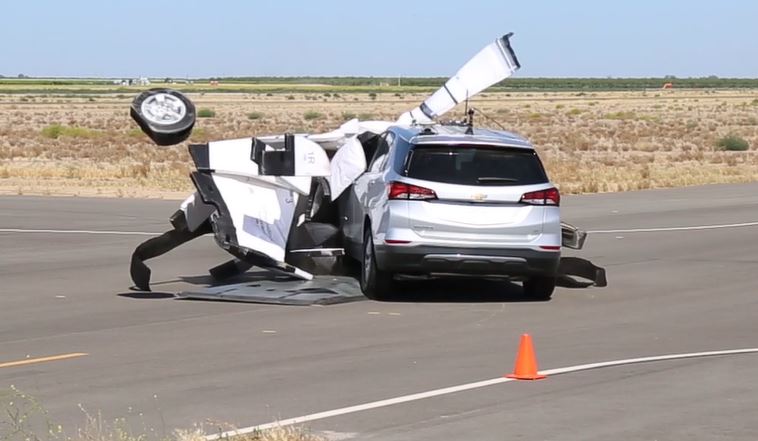
Automatic Emergency Braking turning in front of an oncoming vehicle test 1
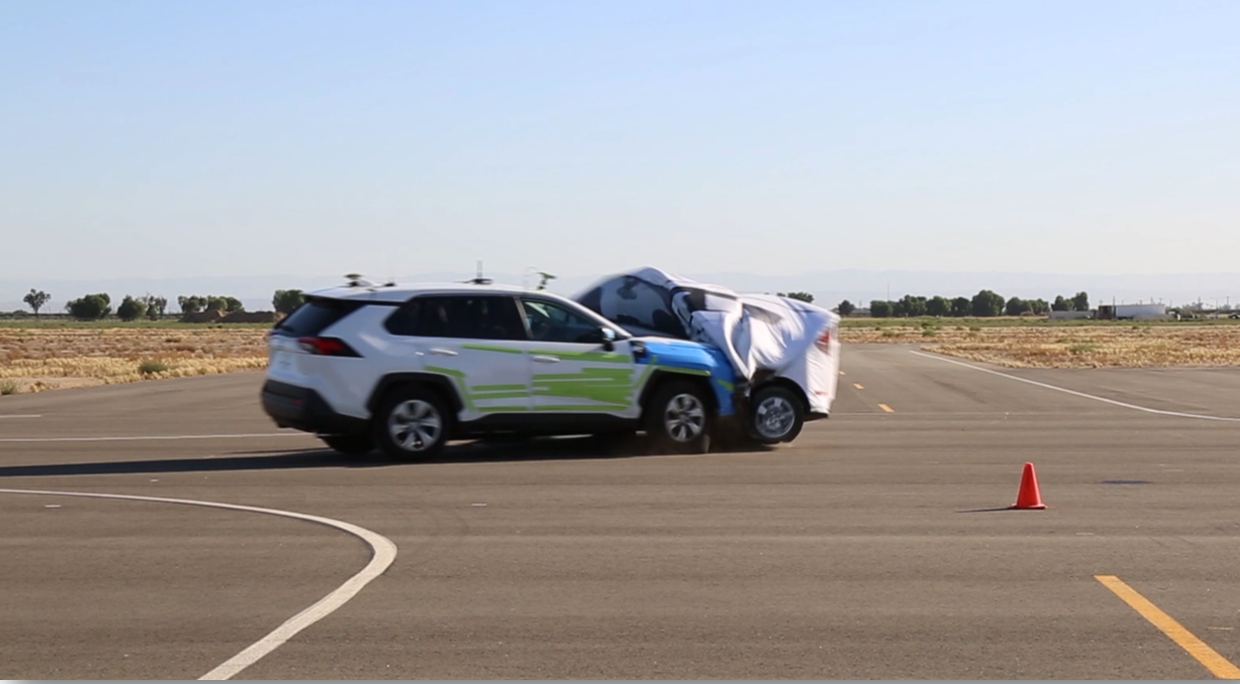
Automatic Emergency Braking turning in front of an oncoming vehicle test 2
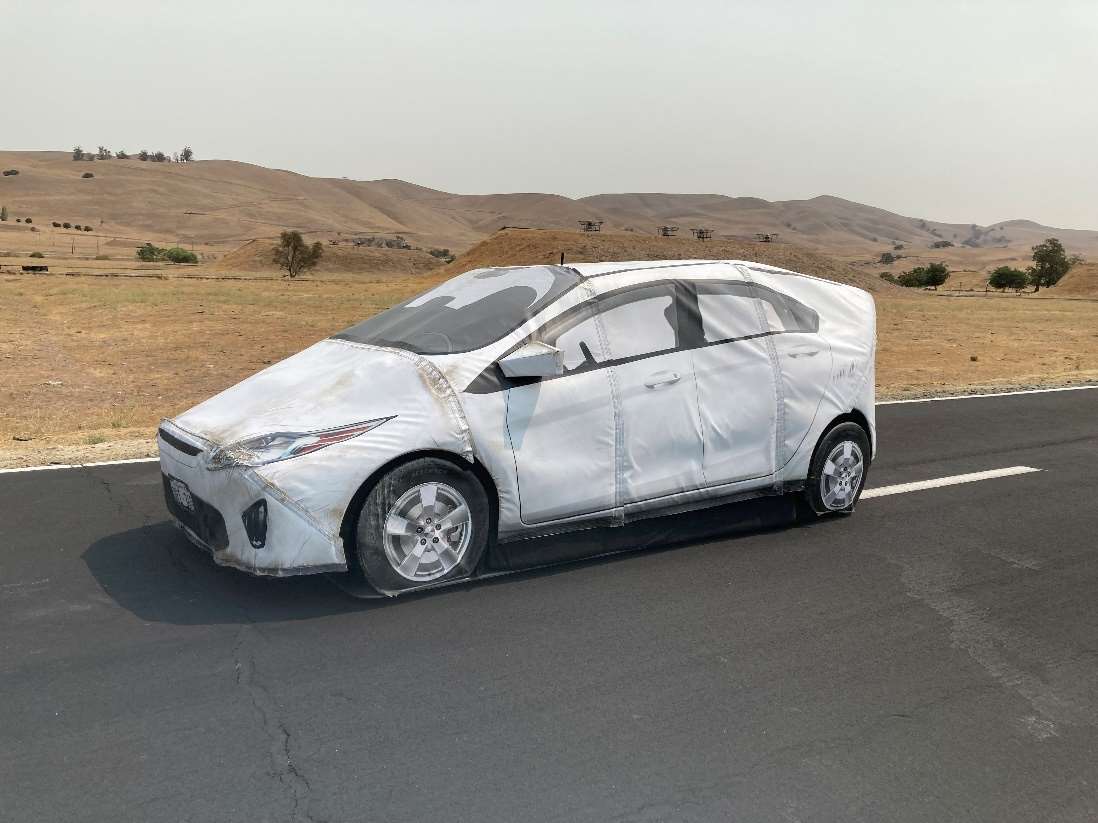
Soft robotic car used in AAA’s AEB testing
AAA news releases, high resolution images, broadcast-quality video, fact sheets and podcasts are available on the AAA NewsRoom at NewsRoom.AAA.com.
Find local news releases at https://oregon.aaa.com/community/media/media-contacts.html

